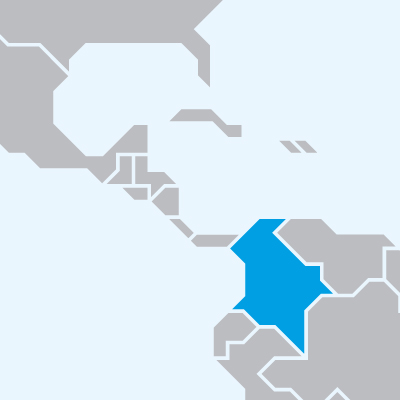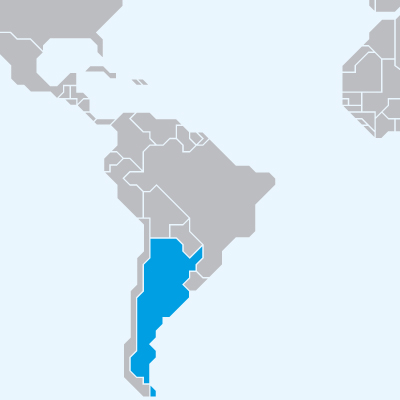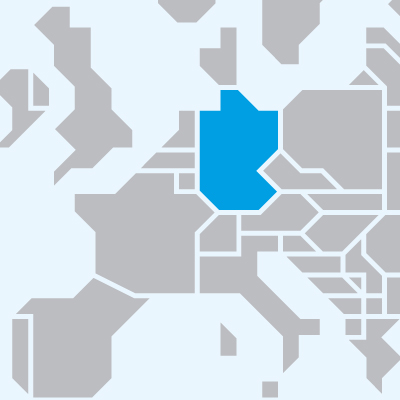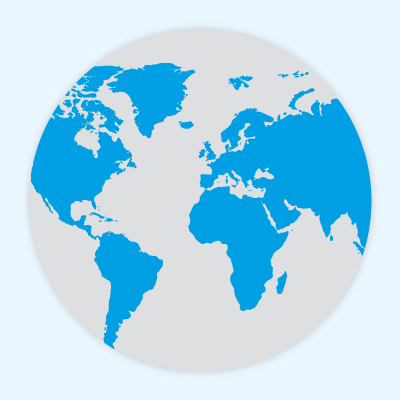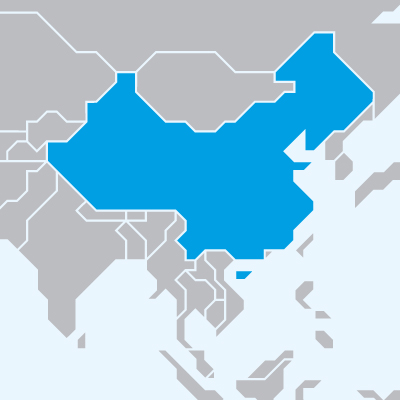In 2020, Colombia suffered the worst economic crisis in history, as a consequence of the COVID-19 pandemic. ACICAM, the Colombian Association of Footwear, Leather and Leather Goods, tells us how the footwear industry in the country is coping
Production and sales of the footwear industry in Colombia were down by more than 30% in 2020: “These negative figures are mainly due to the closure of plants during the emergency declared by the pandemic and the high inventories that companies managed, as a result of the drop in sales. In 2020, household consumption suffered a fall of 25.2% compared to 2019. This is explained by factors such as the confinement, the increase in unemployment that led to a fall in personal income and economic uncertainty caused by COVID-19”. The words are from ACICAM, the Colombian Association of Footwear, Leather and Leather Goods.
Manufacturing is On
Currently, footwear factories in the country are operating but at “half machine”, given the safety protocols in place. This has led to a “decrease in productivity”, ACICAM confirms. At present, many companies are applying rotation to their administrative areas and the operational parts are subject to different schedules so as not to coincide with peak traffic hours.
Companies manufacturing footwear are reporting difficulties in obtaining essential raw materials, such as PVC, leather and synthetic materials. The main reason is the "shortage of supply in the international market, which has generated a rise in the prices of these components".
Intermittent Retail
As for retail, in the last few months there have been intermittent closures due to quarantines, the last in January and February 2021. In Colombia, a measure called "pico y cédula" is in place, and basically, it translates in selection of people to enter in warehouses in certain days in accordance to the last number of the identification of that person. As in most countries of the world, the rule in place for the opening of trade is as follows: the greater the degree of infections, the greater the measures that limit the operation of activities.
Government Support
The national government has implemented a package of measures to face the emergency, which are transversal to all sectors of the economy. “Among the most important policies are payroll assistance where the government subsidises 40% of the minimum wage for workers, loans with very low interest to companies which are managed through state institutions and in June, July and November, days without the collection of VAT tax on the sales of certain products in which footwear and leather goods are found”, ACICAM tells us.
Main problems for companies
The footwear sector is facing a “
pronounced drop in consumption both in the domestic and foreign markets. This has caused companies to find themselves in financial difficulties due to the scarcity of their cash flow”. ACICAM highlighted, adding that the smuggling of imported products and the presence of an informal national sector is having a negative impact as well. "They cause great damage to the national legal industry, which is formalized and complies with all its tax obligations. It is estimated that, combined smuggling and informality, they reached 30% of the footwear market in Colombia by 2020”, the Colombian sectorial association tells us.
Current COVID-19 situation in Colombia
With a total population of 50 million people, Colombia has had so far 2.3 million cases of infected people, of which 2.1 million already recovered. 60 thousand people have lost their life since the beginning of the pandemic.
Footwear Industry in Colombia
According to the World Footwear Yearbook (
available HERE)The Colombian trade deficit in footwear grew once again in 2019, its exports falling slightly and its imports growing by almost 6%. Imports from Indonesia have been growing fast, but China continues to be the country’s main supplier, followed by Vietnam. The local industry, mainly located in the areas of Bogotá-Cundinamarca, Santanderes and Valle de Cauca y Eje Cafetero, has been facing reductions in the number of firms, workers and total production.
